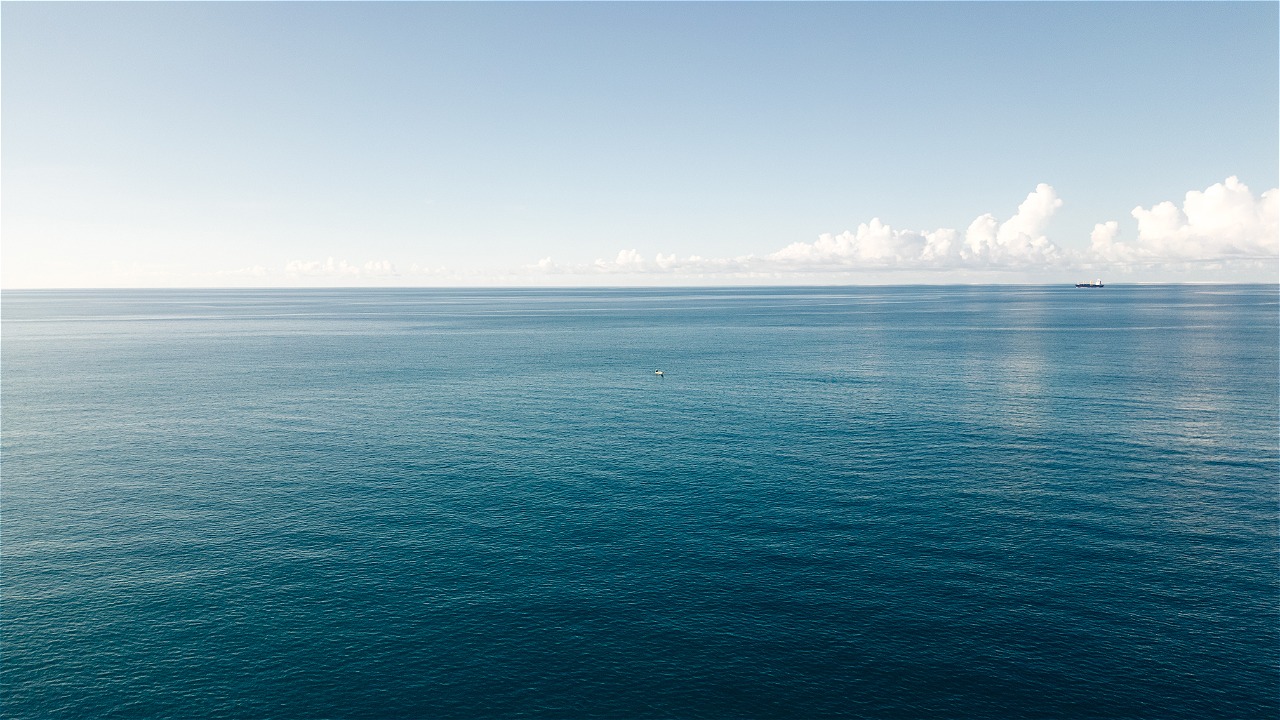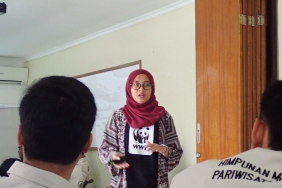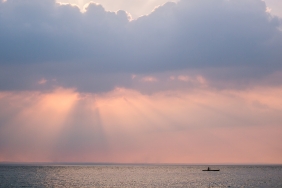KOON WATERS OVERFISHED, WWF SOCIALIZES FISHING CONTROL RULES
By: Rafika Puspita Army (Writer and Documentary Assistant for Inner Banda Arc Sub-seascape, WWF-Indonesia)
The trend of utilizing fisheries resources continues to grow as a support for human life, both economically and for daily nutritional consumption. It is important to apply an ecosystem approach to fisheries management to realize sustainable fisheries.
This approach does not only focus on the amount of catch. Integrated management through the Ecosystem Approach to Fisheries Management (EAFM) has also become urgent to implement, reinforced by Law No.45 of 2009 on Fisheries. Through EAFM, there is no option to ignore ecosystem health in favor of utilization for the welfare of the community. Both are things that go hand in hand.
The urgency of implementing EAFM is also felt in the Marine and Small Island Conservation Area (KKP3K), Koon Island Small Island Park (TPK), Small Islands and Surrounding Waters in East Seram, Maluku. This is the largest reef fish spawning ground in Eastern Indonesia. This small island in the southeast of Seram Island, on the shores of the Banda Sea, is an important habitat for fisheries commodities with high economic value.
WWF-Indonesia and Pattimura University EAFM, supported by the local government, have conducted several fisheries studies in Koon. One of them is the development of Harvest Control Rules (HCR)for 5 economic fish species in Koon waters, namely tiger grouper (Epinephelus fuscoguttatusI), tefar (Lethrinu olivaceus), julung-julung (Hemiramphidae sp.), cockatoo (Hipposcarus longiceps) and swallow (Decapterus sp.).
The results of this study were certainly not kept alone. On March 18-19, WWF held a dissemination of the study results and the preparation of a joint work plan to realize the synergy of management in the future. The government, law enforcement officials, NGOs, educational institutions, fisheries businesses, and the community filled the East Seram Bappeda Office for the two days.
"In general, the productivity of fishermen and fish stocks in Koon Waters tend to decline with the utilization status in the category of overfishing and overfished," said Adrian Damora, Fisheries Science Officer, WWF-Indonesia.
"As a solution, a catch control regulation (HCR) is needed to restore the condition of the stock to healthy (healthy stock) so that it can be utilized in a sustainable manner," he said later.
HCR is one of the important instruments in modern fisheries management. Its purpose is to identify and make projections of actions that managers should take related to stock status, economic conditions, or other environmental influences.
The form of control rules depends on the management instrument agreed upon. It can be in the form of output control, i.e. determining the level of catch, or by determining the level of fishing effort or input control.
The HCR study was conducted through several data collection methods. Starting from data collection of resource utilization characteristics, standardization of which fishing gear is most productive for catching fish, to recommendations for fishing practices on various species that are considered important.
The dissemination of the study results and the formulation of fishing management rules in front of these parties is an important step in keeping Koon waters, still the largest reef fish spawning area in the east of the country.





